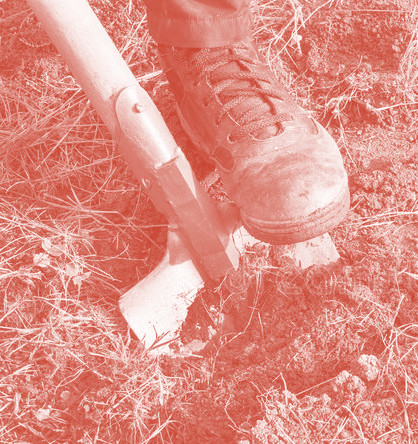Better planning plotted
 Researchers have outlined new directions in urban and regional planning.
Researchers have outlined new directions in urban and regional planning.
Flinders University says innovative approaches can be used to boost sustainability, affordability, and inclusivity.
Five studies have been conducted, each exploring various aspects of future residential living and housing development, ranging from the application of machine learning to the integration of biodiversity and disability considerations.
Dr Ali Soltani, a spatial science and data analytics expert at Flinders University, led a study that employed advanced machine learning algorithms to analyse over 10,000 regional house sales from 2010 to 2021.
The study focused on the western areas of regional South Australia, including Port Augusta, Whyalla, and Port Lincoln.
Dr Soltani found that “machine learning models outperform traditional econometric models in predicting regional housing prices, with higher accuracy and fit”.
This study highlights a preference for coastal locations over more remote inland areas, and a significant rise in housing prices in rural towns during the COVID-19 pandemic.
Another study from Flinders University utilised remote sensing technology and computer mapping to measure bushfire recovery in regional landscapes.
A third study, led by Associate Professor Ruth Walker, addressed the housing needs of adults with intellectual and developmental disabilities.
The research highlighted the lack of participation of these individuals in decision-making about their living arrangements.
The study advocates for an inclusive framework that involves people with disabilities, their carers, and service providers in housing planning, aiming to improve their quality of life and independence.
Flinders researchers, led by Associate Professor Martin Breed, have also explored the optimisation of urban green spaces and blue environments (aquatic areas) to enhance human health and biodiversity.
The research aims to identify specific biodiversity metrics that can be incorporated into urban planning to foster healthier relationships between humans and the environment.
“From the soil up, we are seeking to highlight under-represented linkages between human health and wellbeing and the environment in the urban living experience,” Associate Professor Breed says.
A fifth study examined the role of animals in urban environments, proposing a vision for integrating pets and wildlife into urban planning by 2050.
“Pets and even wild animals offer direct benefits to humans as a way to reconnect with nature or for exercise and companionship,” the researchers say.
This study encourages a reimagining of urban sustainability to include human-animal relations, presenting an alternative to the traditional 30-year planning strategy.








 Print
Print